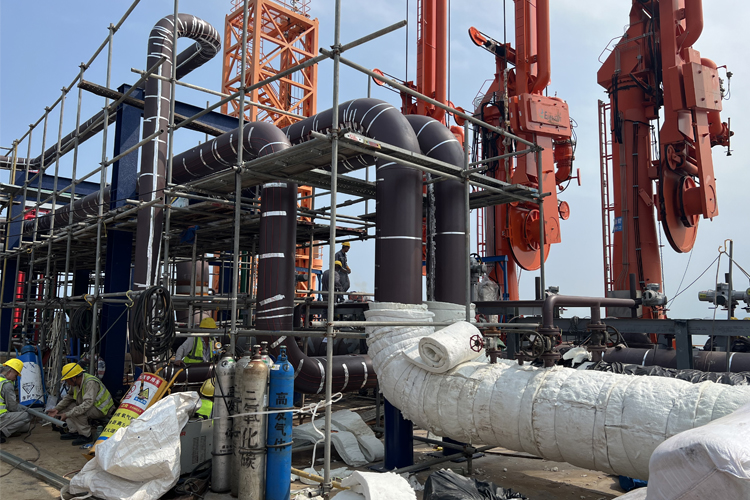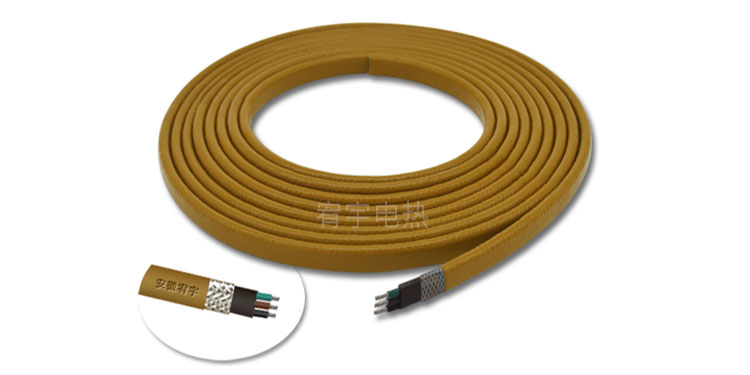When constructing an electric heat tracing system, the principles of selection and design are of paramount importance. The core is to accurately calculate the wattage of heat loss that the pipeline needs to be compensated for to maintain a specific temperature, and accordingly select the appropriate specifications and quantity of electric heat tracing tape to compensate for the heat. When selecting electric heat tracing tape, we need to consider the following four key dimensions.
1. Heat demand and power matching
First of all, we have to determine the required power of constant power electric heat tracing cable through accurate heat calculation. This step is very important, because only when the electric heat trace cable by the heat system to provide heat compensation is not less than the actual maximum heat dissipation of the pipeline, in order to ensure the stability of the pipeline temperature and the effectiveness of the accompanying heat effect.
2. Power supply condition and electric heating cable
In the selection of electric heating cable, we must consider the power supply conditions, power grid load and electric accompanied by the use of tropical length. These factors will decide whether we choose parallel type or series type electric heat trace cable, and whether to use single-phase or three-phase power supply. For example, long-distance transmission pipeline is usually more suitable for the use of series-type electric with the heat, while the pipe network system may be more inclined to choose constant power parallel electric with the heat. For shorter pipelines, constant power shunt electric heating tape may be a more economical choice.
3. Accurate calculation of the total length of electric heating cable
After determining the type of electric heat tape required, we need to calculate the total length of electric heat tape required according to the size of pipeline and container. In addition, the pipeline accessories on the equipment, valves and instrumentation also need to be taken into account, usually in accordance with the total length of the pipeline as an additional 10% of the length of the estimation.
4. Use place and electric heat cable structure
Finally, we must according to the use of electric heat tape to determine its structure. Different working environments may have different requirements for the structure and performance of electric heating tape. For example, in the humid or corrosive environment, may need to choose the electric heat tracing with special protective layer to ensure its long-term stable operation.
To summarize, the electric heat tracing system selection and design is a comprehensive consideration of the process, we need to start from multiple dimensions, to ensure that the selected electric heat tracing can meet the actual needs of the pipeline and the requirements of the operating environment.


